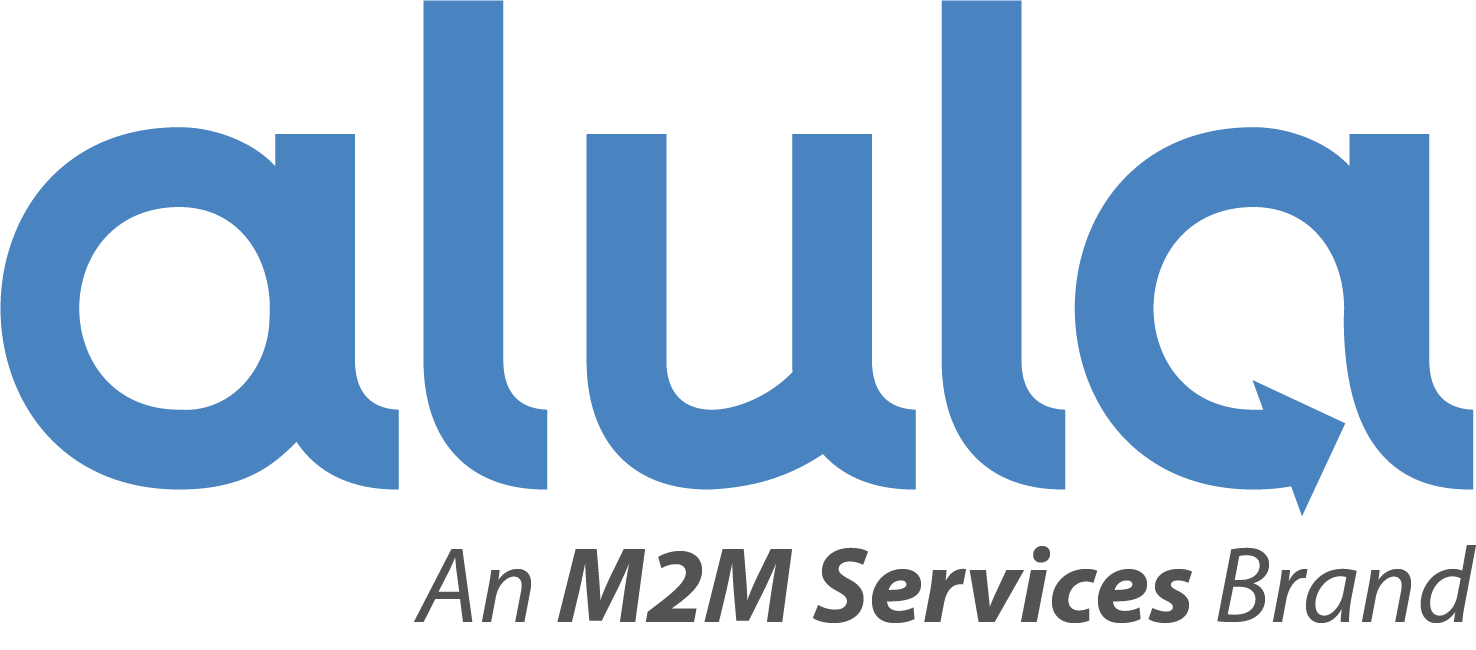Alula, the leader in smart security and automation systems for professional installers and the award-winning inventors of the Connect+ platform, announced the BAT-Connect communicator has won the Mark of Excellence Award for Security and Surveillance Product of the Year at the 2020 Consumer Electronics Show in Las Vegas. The award recognizes the best new or improved security and video surveillance products.
Launched in the back half of 2019, this is the 5th award Alula’s BAT-Connect communicator has won — affirming the market need for a device that allows dealers an efficient and effective way to takeover or upgrade a residential smart home system.
More than a basic communicator, this intuitive device connects intrusion security, video and automation with the award-winning Alula Smartphone App, bringing interactive features to legacy security systems. Fueled by the secure Alula network, system control is delivered instantly to Apple and Android smartphones as well as Alula’s new Slimline Touchpad.
“We’re honored to be recognized by the Consumer Technology Association for BAT-Connect, one of the latest in the Connect family of products,” explained Alula VP of Engineering Paul Saldin. “The BAT-Connect allows a security system to become smart, integrated and automated. There is a real need to bring these new interactive features to legacy systems. BAT-Connect is also great for new installs and allows our customers to standardize their entire business on a secure and fully integrated offering.”
BAT-Connect is the first communicator with three paths of communication, including the first to use Cat-M1 cellular, the communications path optimized for the Internet of Things. With the use of Cat-M1 cellular technology, the BAT-Connect not only rescues 3G and CDMA cellular systems from the impending sunset, it also will bridge the gap to 5G and keep running long into the future.
“Cellular sunsets have long been a major problem for security professionals, and we aim to help them stop wasting time and money by updating systems every time cellular providers decide to harvest network bandwidth optimized for cell phones,” says Russell Vail, Alula’s Executive Vice President of Market Development and an industry-leading expert on cellular sunsets. “We have to get this industry out of this crazy loop where we keep repeating the same behavior and expecting different results. The BAT-Connect is a game changer that solves sunsets once and for all.”
ABOUT ALULA
Alula is the only vertically integrated security and home automation platform purpose-built for today’s independent security and installation professionals. From sensors to hub to network, Alula offers a complete, end-to-end solution and one accountable partner. Today, thousands of partners across North America have nearly 300,000 active locations secured and connected with Alula. Designed for professionals, the Alula platform provides a complete security, automation and video solution for renters, homeowners and commercial installations. Alula is a business-driven platform designed to reduce truck rolls, increase RMR, simplify inventory and put today’s professional providers in control of their business, their customers and their revenue. The Alula platform is available nationwide through distributors that cater to the alarm and integrator industry. For more information about the BAT-Connect, visit https://alula.com/communicators/bat-connect/. For more information about Alula, visit https://www.alula.com.
